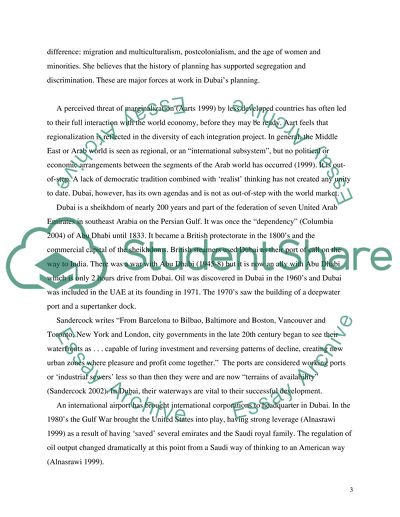Cite this document
(Urban Planning And Decision Making in Dubai Research Paper, n.d.)
Urban Planning And Decision Making in Dubai Research Paper. Retrieved from https://studentshare.org/macro-microeconomics/1536623-urban-planning-and-decision-making-in-dubai
Urban Planning And Decision Making in Dubai Research Paper. Retrieved from https://studentshare.org/macro-microeconomics/1536623-urban-planning-and-decision-making-in-dubai
(Urban Planning And Decision Making in Dubai Research Paper)
Urban Planning And Decision Making in Dubai Research Paper. https://studentshare.org/macro-microeconomics/1536623-urban-planning-and-decision-making-in-dubai.
Urban Planning And Decision Making in Dubai Research Paper. https://studentshare.org/macro-microeconomics/1536623-urban-planning-and-decision-making-in-dubai.
“Urban Planning And Decision Making in Dubai Research Paper”. https://studentshare.org/macro-microeconomics/1536623-urban-planning-and-decision-making-in-dubai.


